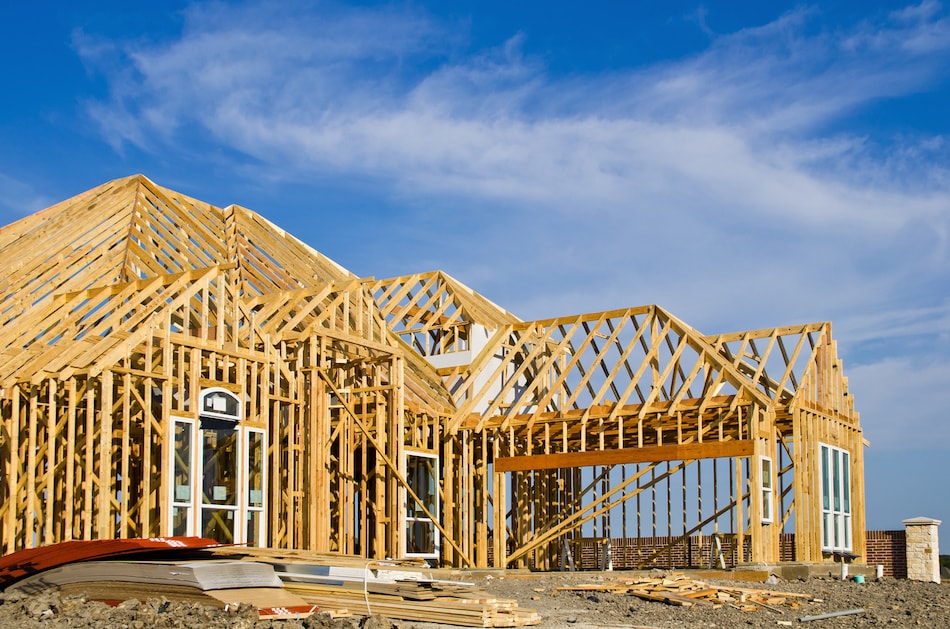A Difference Among Tailored and Spec Houses

While prospective homeowners embark on the exciting journey of new home construction, one of the most important decisions they face is choosing between a custom home and a speculative home. Both options comes with its own set of benefits and drawbacks, making it essential for buyers to comprehend the key differences that can affect their building experience, budget, and overall satisfaction with their new space.
Custom homes offer a unique opportunity to design a space customized specifically to your lifestyle and preferences, from floor plans to finishes. On the other hand, spec homes provide a quicker, more reliable process, allowing buyers to purchase a home that is already built or in the final stages of construction. This article will examine these two paths in detail, aiding you make an informed decision on which type of new home construction aligns best with your vision and needs.
Understanding Custom vs. Spec Homes
When evaluating new house building, one of the decisions is if to construct a bespoke house or pick a standard house. Personalized homes are designed and built according to the specific preferences and requirements of the buyer. This entails that every element, ranging from the layout to the amenities, can be tailored to fit the buyer's habits and personal style. The journey necessitates intimate collaboration with architects and contractors, making it a unique process that can result in a really bespoke residence.
Conversely, spec houses, or spec houses, are pre-designed and constructed by contractors without any a particular buyer in mind. These homes are usually built with widely accepted decor selections and standard blueprints to appeal to a larger group of buyers. As they are constructed before being available, spec homes can often be finished more quickly, making them a favorable choice for buyers seeking a quicker move-in schedule. Nonetheless, this results in fewer flexibility in modifying the house to their specific preferences and likes.
In the end, the choice between tailored and standard homes comes down to individual considerations, timeline, and budget. Bespoke homes deliver a high level of personalization but may entail more duration and investment. Speculative homes, while less flexible, can present a ready-to-move-in solution that could streamline the house buying journey. Comprehending these differences is essential for future buyers as they manage the complexities of recent house construction.
This Latest House Construction Process
This new house building procedure begins through thorough preparation and design. Home buyers must initially consider their needs and way of living to select the appropriate floor plan. It includes not only choosing the layout but also deciding on key features like dimensions of rooms, the quantity of bedrooms and restrooms, and shared areas. Hiring a skilled architect can greatly aid in translating these ideas into feasible blueprints, ensuring the planning reduces potential complications later in the building phase.
Once the design is completed, the next step is getting the necessary building permits and complying to local zoning laws. This stage is critical, as failure to comply can lead to extensive delays or additional expenses. During this stage, it's sensible to establish a firm budget and identify potential funding options for construction. Homeowners must also consider hidden costs that may arise, allowing for a more precise projection of the overall expenditure involved in building a fresh home.
Once permits secured and funding in place, the construction can officially commence. The phase usually starts with site clearing, followed by foundational construction. As building progresses, homeowners will observe the structure, roof construction, and placing of plumbing and electrical systems. Maintaining open communication with the builder and understanding each phase of the process will help ensure the project remains on track and meets expectations, ultimately resulting to a successful completion and move into a brand new home.
Budgeting and Financing Your New Home
As embarking on the journey of building a new home, grasping the financial aspects is crucial. One of the first steps is to establish a realistic budget that covers both the construction costs but also further expenses such as permits, utilities, landscaping, and interior finishes. directory to account for potential hidden costs, which can boost your budget if not foreseen. Additionally, consider creating a emergency fund to cover surprise expenses that may arise during the construction process.
Funding your new home construction often involves specific loans, such as construction loans, which differ from conventional mortgages. These loans are typically short-term and will need to be converted into a standard mortgage once the construction is complete. Familiarizing yourself with the various financing options available is vital, as it allows you to choose the one that is most appropriate for your financial situation. It's wise to consult with a money expert or mortgage broker who can guide you through the different products and terms.
As you strategize for your new home, be strategic about where to save and where to splurge in your budget. Focus on essential elements such as structural integrity and energy efficiency when deciding on spending decisions, while looking into cost-effective options for aesthetic features. Prioritizing your needs versus wants can help maintain financial balance and ensure that your dream home becomes a reality while staying within budget.

